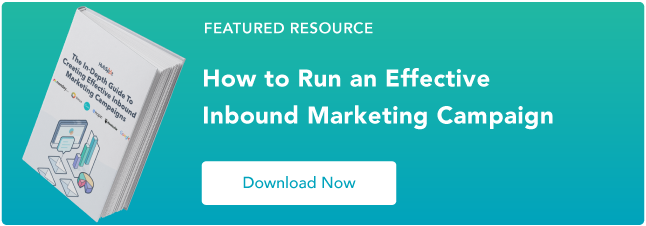In 1898, Elias St. Elmo Lewis, an eventual inductee of the Advertising Hall of Fame, anonymously wrote a column about three advertising principles he found useful throughout his career in a printing magazine called The Inland Printer, one of the most influential American magazines of the 19th century.
In his column, he states that a successful advertisement should always follow a specific formula.
“The mission of an advertisement is to attract a reader, so that he will look at the advertisement and start to read it; then to interest him, so that he will continue to read it; then to convince him, so that when he has read it he will believe it. If an advertisement contains these three qualities of success, it is a successful advertisement.”
In other words, copy is only good if it attracts attention, generates interest, and creates conviction, in that order. Over a century later, Lewis’ principles still ring true. They’re expressed as an acronym, AIDA, and widely used in the advertising industry. In the digital age, brands have even based their entire marketing strategy on the AIDA model.
Over a century later, Lewis’ principles still ring true. They’re expressed as an acronym, AIDA, and widely used in the advertising industry. In the digital age, brands have even based their entire marketing strategy on the AIDA model.
Before we cover how you can apply the AIDA model to your own content marketing strategy, let’s go over what it is and why it works.
The AIDA Model
The AIDA model describes the four stages a consumer needs to go through to become a customer. The stages are Attention, Interest, Desire, and Action (AIDA). During these four stages, your content will ideally attract attention to your brand, generate interest in your product or service, stimulate a desire for it, and spur action to try or buy it.
The AIDA model is considered a hierarchy of effects model, which means consumers must move through each stage of the model to complete the desired action. In theory, as they progress through each stage of the model, consumers who learn about your brand will develop certain feelings or emotions about your product or service, which is what ultimately compels them to act.
Brands use the AIDA model to determine the way they should craft and distribute marketing messages to their target audience at each stage of the buyer’s journey. Just like a typical marketing funnel, each stage has fewer consumers than the previous one.
How to Apply the AIDA Model to Your Marketing
Attracting Attention
To boost your brand awareness, research your target audience’s problems and passions. Then, create content that solves their problems and focuses on their passions. Your target audience should be able to discover your content through Google, social media, or another website.
If your content can grab their attention and deeply engage them, your target audience will start to become curious about what your company actually does.
Generating Interest
Once your target audience is interested in your product or service, they’ll want to learn more about your brand, the benefits of your solution, and your potential fit with them.
To make it easy to learn about your brand, solution, and fit, feature your mission statement on your website, explain exactly what you do on your homepage, describe the benefits of your solution on your product pages, and offer ungated case studies.
Providing instant access to this information will help your target audience visualize a pleasant future with your solution in their lives.
Stimulating Desire
The prospects you’re most likely to close are the consumers who envision a future with you — they already enjoy consuming your content and think your product or service will be even better.
But to generate enough excitement in your prospects to compel them to act, you need to make sure their affinity for your brand hits a certain threshold.
To do this, keep serving them content. Make sure they subscribe to your blog, follow you on social media, and download your offers. The more prospects interact with your brand, the more they’ll trust you, boosting the chances they’ll eventually buy your product or service.
Spurring Action
After you generate enough desire for your product or service, give your prospects the chance to act on it. Place “request a demo”, “free trial”, and “contact sales” CTAs on your homepage, pricing page, and product pages. After all, what’s the point of creating content and building deep relationships with prospects if there isn’t a clear next step?
A Proven Formula
The AIDA model is a sturdy framework for guiding your audience through the buyer’s journey and spurring them to act. And if you apply it to your content marketing, you’ll be leveraging a proven formula that can consistently engage, persuade, and convert an audience into customers.
![]()






1 Comment